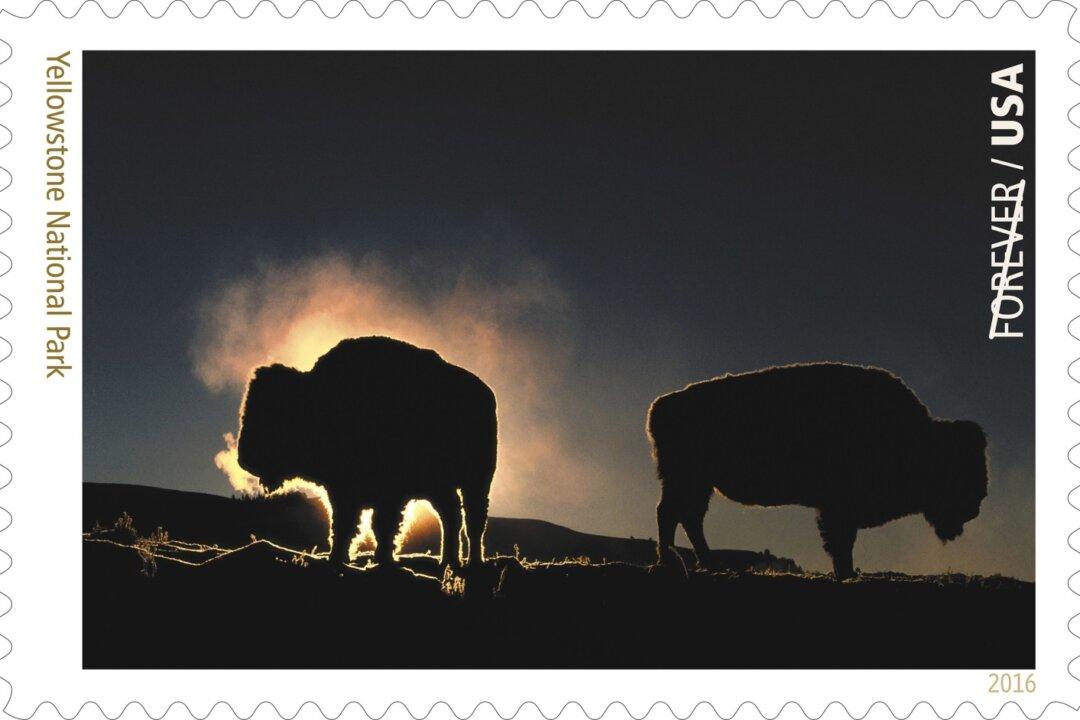WASHINGTON—The U.S. Postal Service will begin celebrating the National Park Service’s Aug. 25 centennial just in time for summer vacation letter-writing by issuing a pane of stunning Forever Stamps depicting 16 examples of our national treasures on June 2.
“These stamps celebrate the 100th anniversary of the National Parks and depict the beauty and diversity of these national treasures,” said Postmaster General Megan J. Brennan. “They serve as an inspiration for Americans to visit, learn, and to write cherished memories of their trips to these incredible wonders.”
“This set of stamps will take people on a journey to some of the most amazing places in the world,” said National Park Service Director Jonathan B. Jarvis. “We are thrilled that the 16 national park stamps issued in 2016 for the centennial depict the variety of parks that collectively tell the story of our country.”

